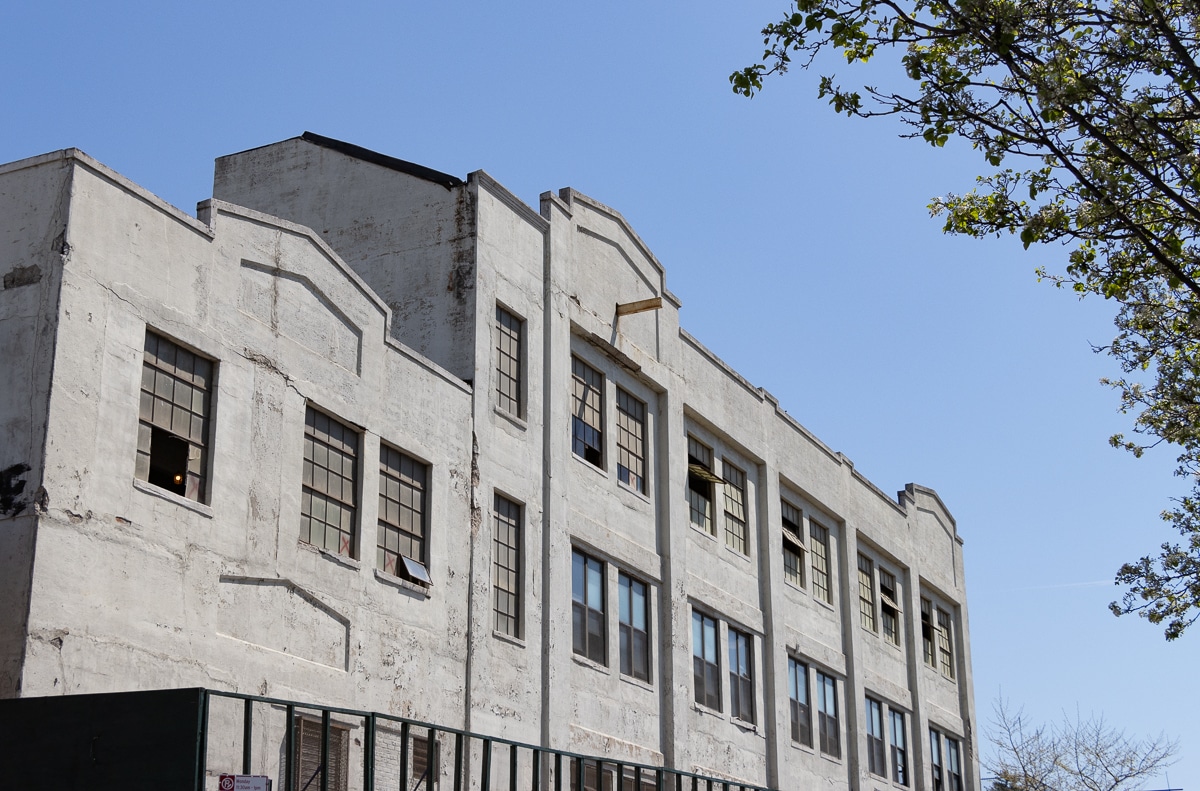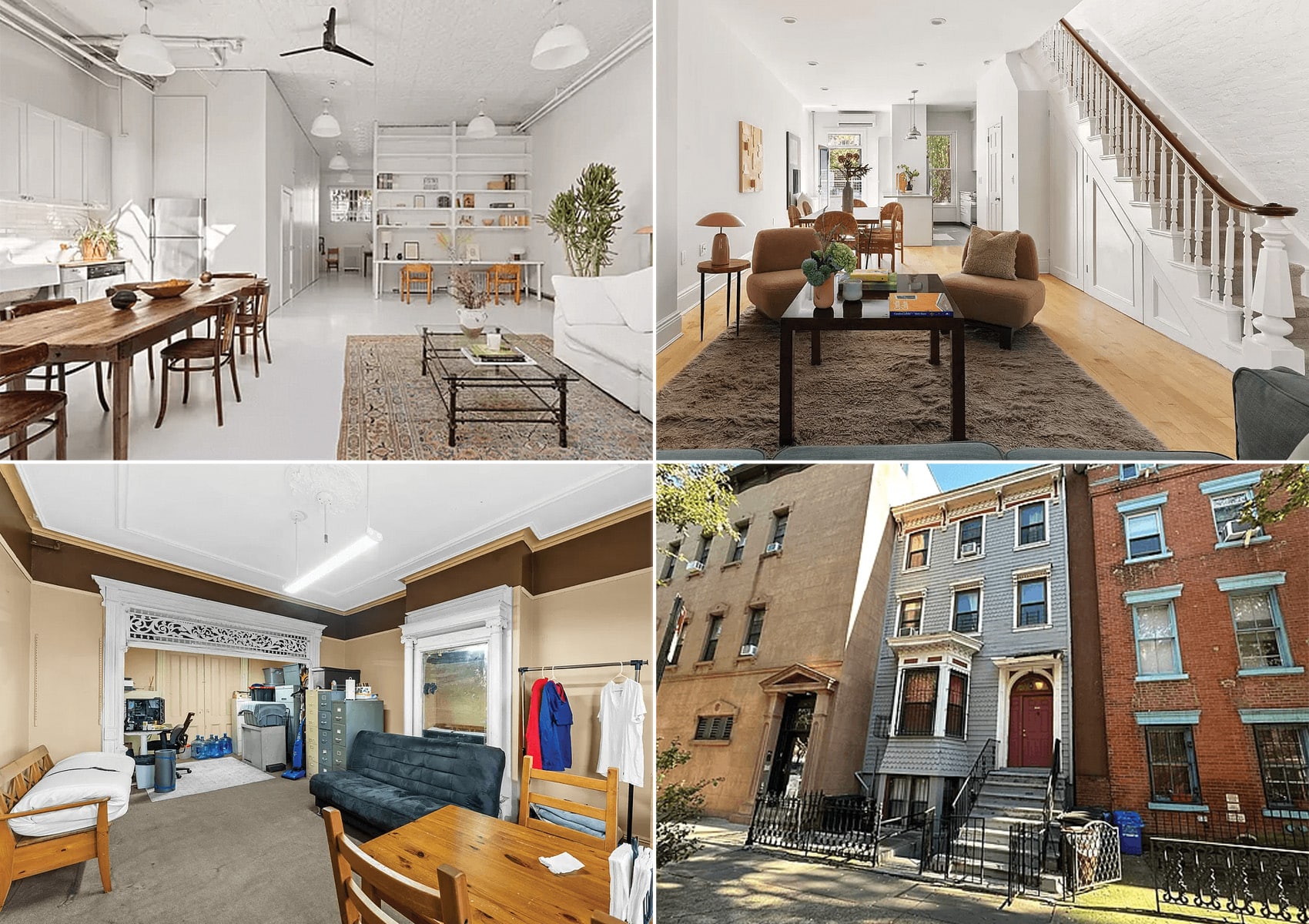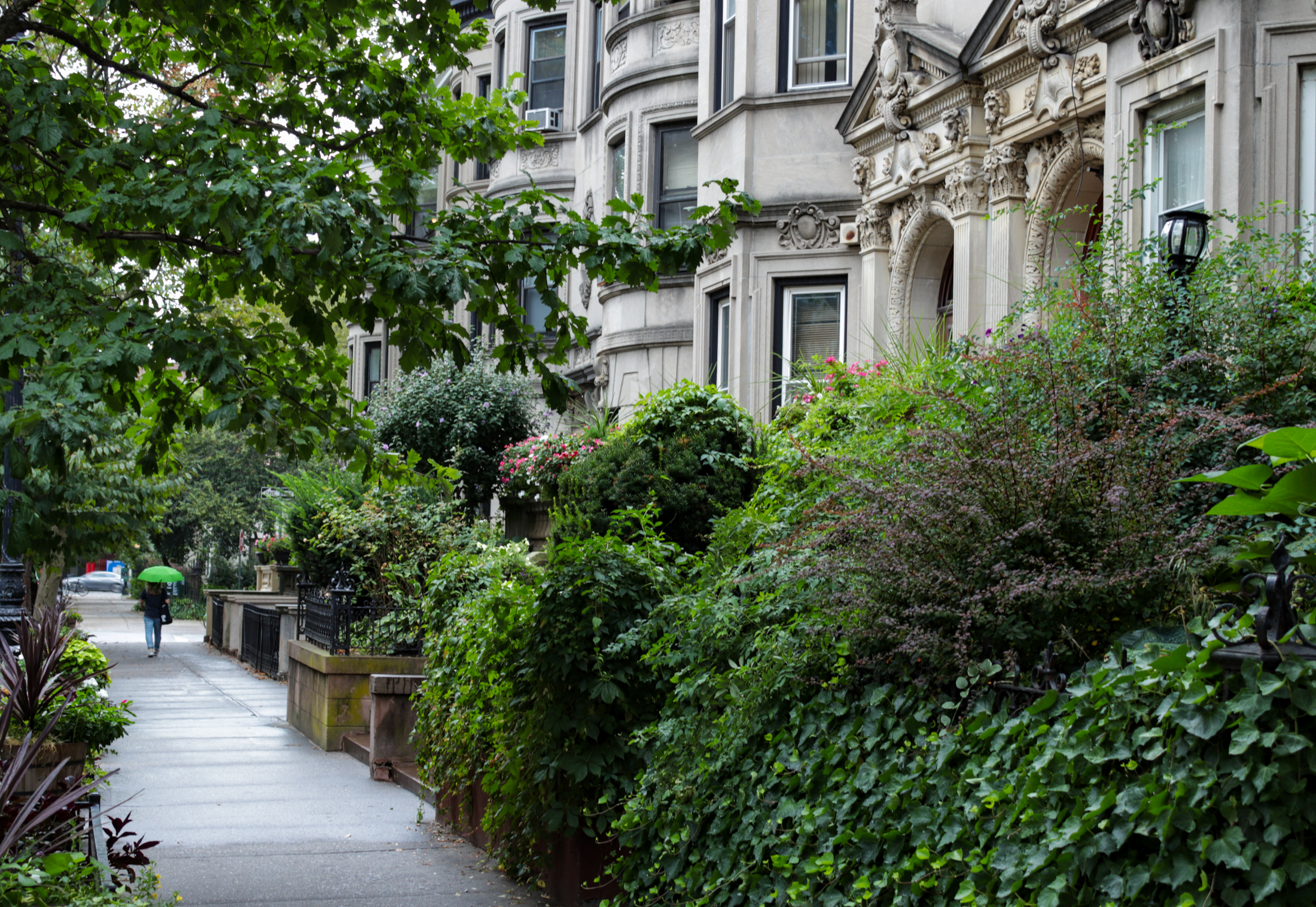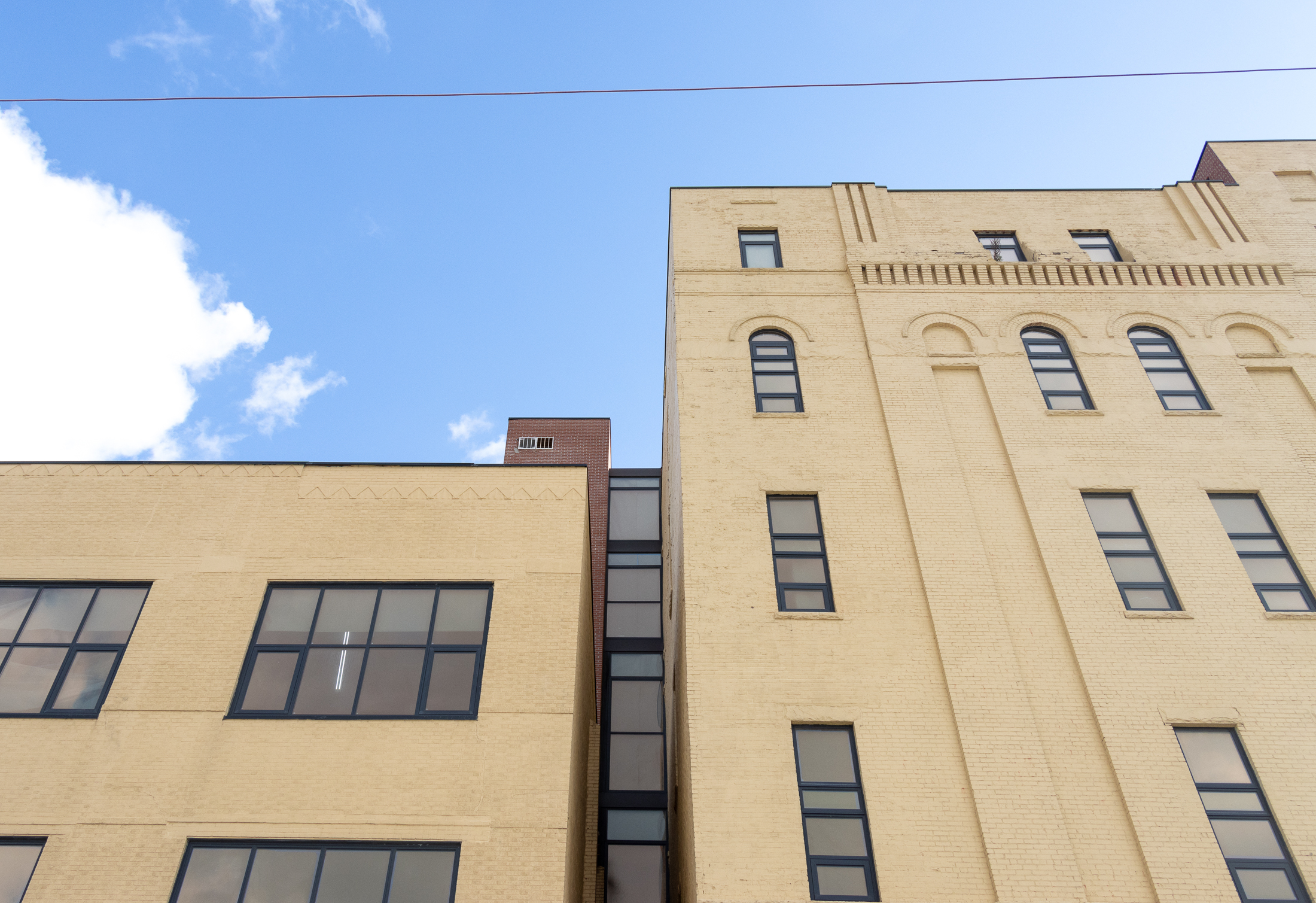Rent Stabilization: Fair, Foul, or Futile to Complain About?
This week’s “Big City” column in the Times by Ginia Bellafante tackles the rent-regulation debate du jour, the case that the Supreme Court is looking at concerning an Upper West Side couple that are challenging the fairness of the rent-stabilization laws that are keeping protecting in their building with below-market rents. Here are the two…

This week’s “Big City” column in the Times by Ginia Bellafante tackles the rent-regulation debate du jour, the case that the Supreme Court is looking at concerning an Upper West Side couple that are challenging the fairness of the rent-stabilization laws that are keeping protecting in their building with below-market rents. Here are the two sides of the coin, based on data Bellafante presents:
“According to an analysis of the most recent city data, which date to 2008, by New York University’s Furman Center for Real Estate and Urban Policy, the median income of a New Yorker in a rent-stabilized apartment is $36,000 a year; in Manhattan, it is $50,000. …Of the city’s 1,063,000 rent-regulated units, approximately 41,000 are in the hands of households making $150,000 a year or more. …according to the city data, approximately 240,000 rent-controlled and rent-stabilized units are occupied by those making $15,000 or less a year.”
The piece ends with some food for thought that hits close to home: “It is easy to walk around a neighborhood like Cobble Hill in Brooklyn and never think about the extent to which rows and rows of beautifully preserved, untouchable low-rise brownstones contribute to the city’s perennial housing shortage. And, anyway, it’s a lot more fun to blame Faye Dunaway.”
Wars Over Regulation of Rent Are Only a Sideshow [NY Times]
Graph via City Realty









Bens is 1000% correct. Here is the statistic that entire NYT article thesis is essentially hinged on:
“While it requires virtually no effort to sympathize with someone in his position, this kind of story and the conversations it generates tend to obscure the fact that rent stabilization and rent control, despite profound flaws and inefficiencies, do not disproportionately benefit the affluent. According to an analysis of the most recent city data, which date to 2008, by New York University’s Furman Center for Real Estate and Urban Policy, the median income of a New Yorker in a rent-stabilized apartment is $36,000 a year; in Manhattan, it is $50,000”
Except as Bens points out – just because an apartment is “rent stabilized” doesnt mean you have a rent that is below market. In many places in this city (essentially everywhere outside of Manhattan and the fancy parts of Brooklyn), the “legal” R/S rent is actually HIGHER than the market rent. Therefore RS means nothing EXCEPT guarantee you a new lease (no matter what kind of tenant you are) and guarantee you rent inflation by way of the yearly RS increases.
The only way you can determine if RS unfairly benefits the affluent is to compare the legal RS rent with the market rate rent for that area, and then correlate income. I guarantee you, then you will see who really benefits from RS – and it aint the working class.
Staten Island, It’s Just Like US!
None from the city, none from the state and none from the country.
In fact, because of special registration fees and complicated paperwork, a regulated unit costs the landlord even more than a market one.
No tax benefits whatsoever. Only ‘benefit’ is that since you buy investment property based on rent roll – if a building RR is lower due to RS, then the price will be lower – whch would mean that if RS was abolished, the landlords would be getting a windfall profit based on the ‘new’ RR that could be set. Mind you, this would generally be LL in Manhattan and fancy Brooklyn since, as said above, the rents in the rest of NYC are less than or equal to the rent stabilized amounts.
No tax benefits whatsoever. Only ‘benefit’ is that since you buy investment property based on rent roll – if a building RR is lower due to RS, then the price will be lower – whch would mean that if RS was abolished, the landlords would be getting a windfall profit based on the ‘new’ RR that could be set. Mind you, this would generally be LL in Manhattan and fancy Brooklyn since, as said above, the rents in the rest of NYC are less than or equal to the rent stabilized amounts.
“Don’t these landlords get substantial tax breaks from their rent stabilized buildings?”
NO!!! I don’t know why people think this. The only case in which that is true, is if they opted for it while constructing a new building or some sort of conversion/renovation. But then you’re also not talking about small owners.
“Don’t these landlords get substantial tax breaks from their rent stabilized buildings?”
NO!!! I don’t know why people think this. The only case in which that is true, is if they opted for it while constructing a new building or some sort of conversion/renovation. But then you’re also not talking about small owners.
not all buildings are required to fill out a RPIE statement.
Thats not a ‘subsidy’, it just reflects the fact that you have to tax on a building’s actual value (which is tied to its income).
What do you want the city to tax LL on the value of a building if there was no rent stabilization; even though there is? Thats ridiculous and frankly economically dangerous.
I know lets tax buildings on what they’d be worth if oil was free, or if they were moved to Hong Kong.